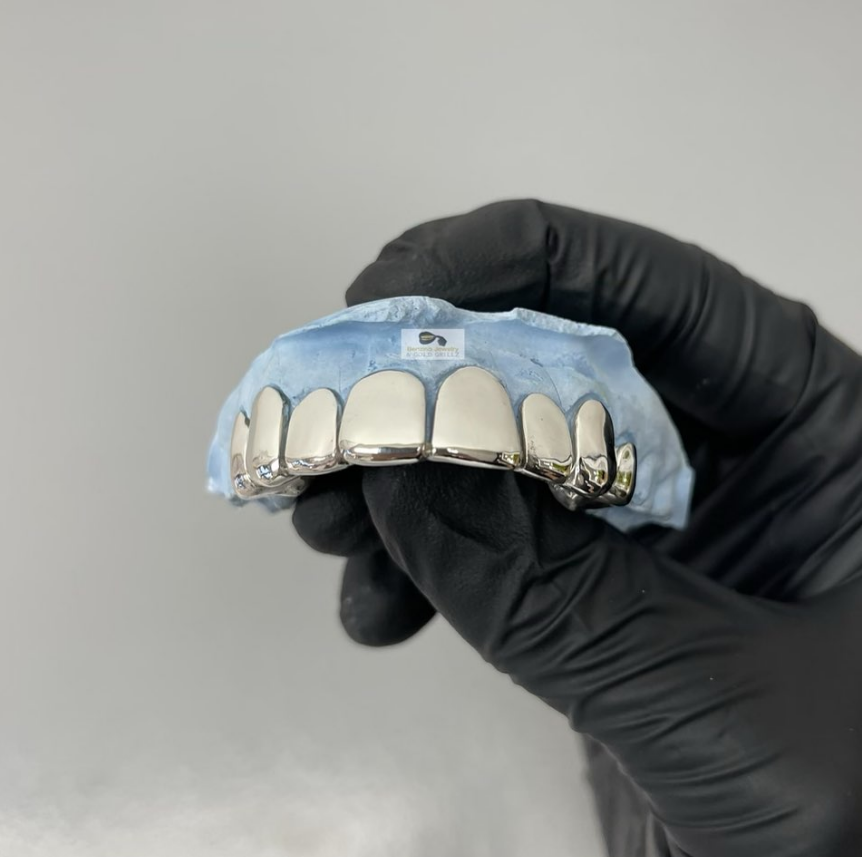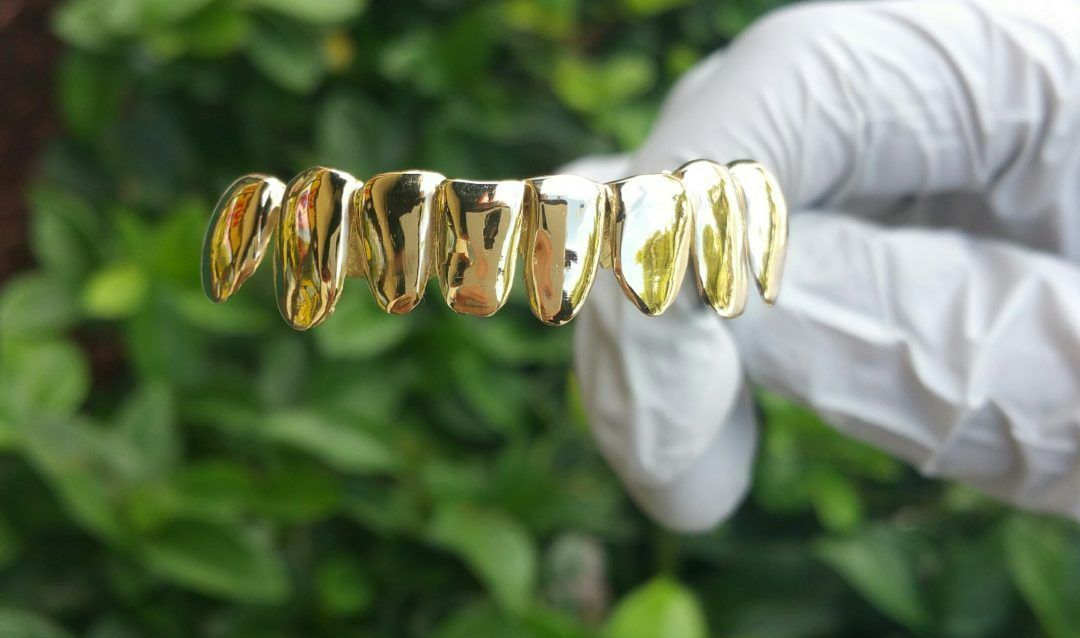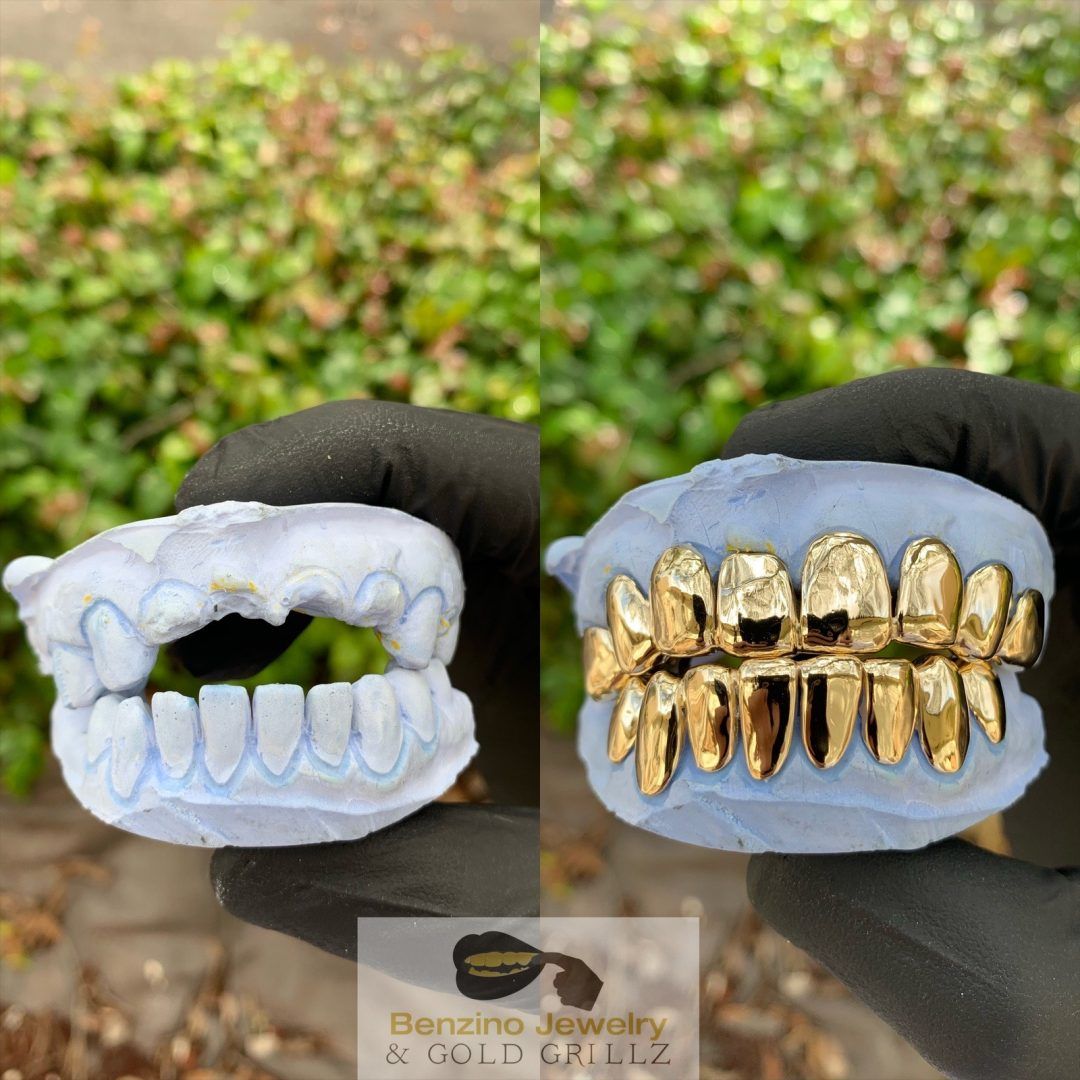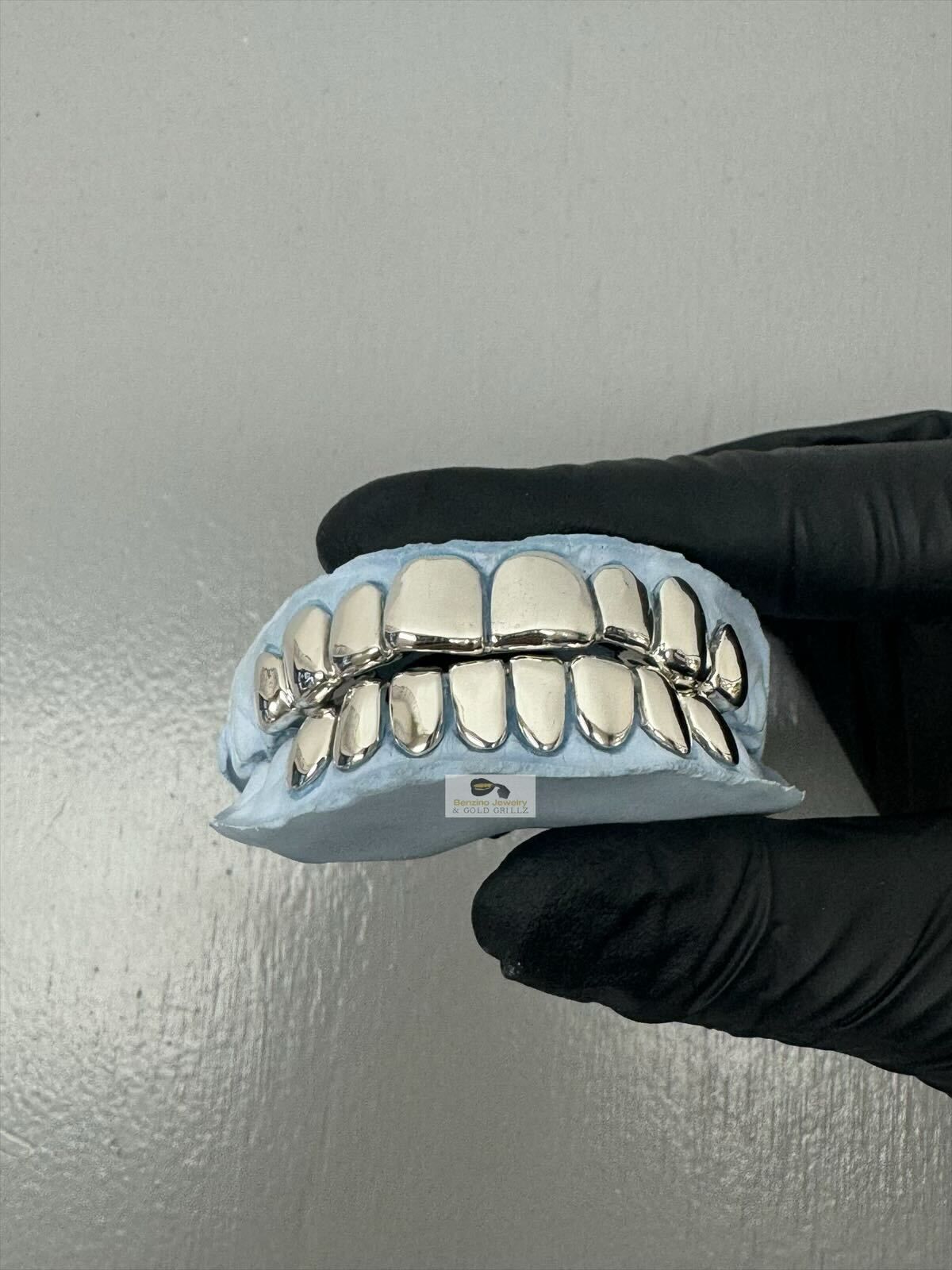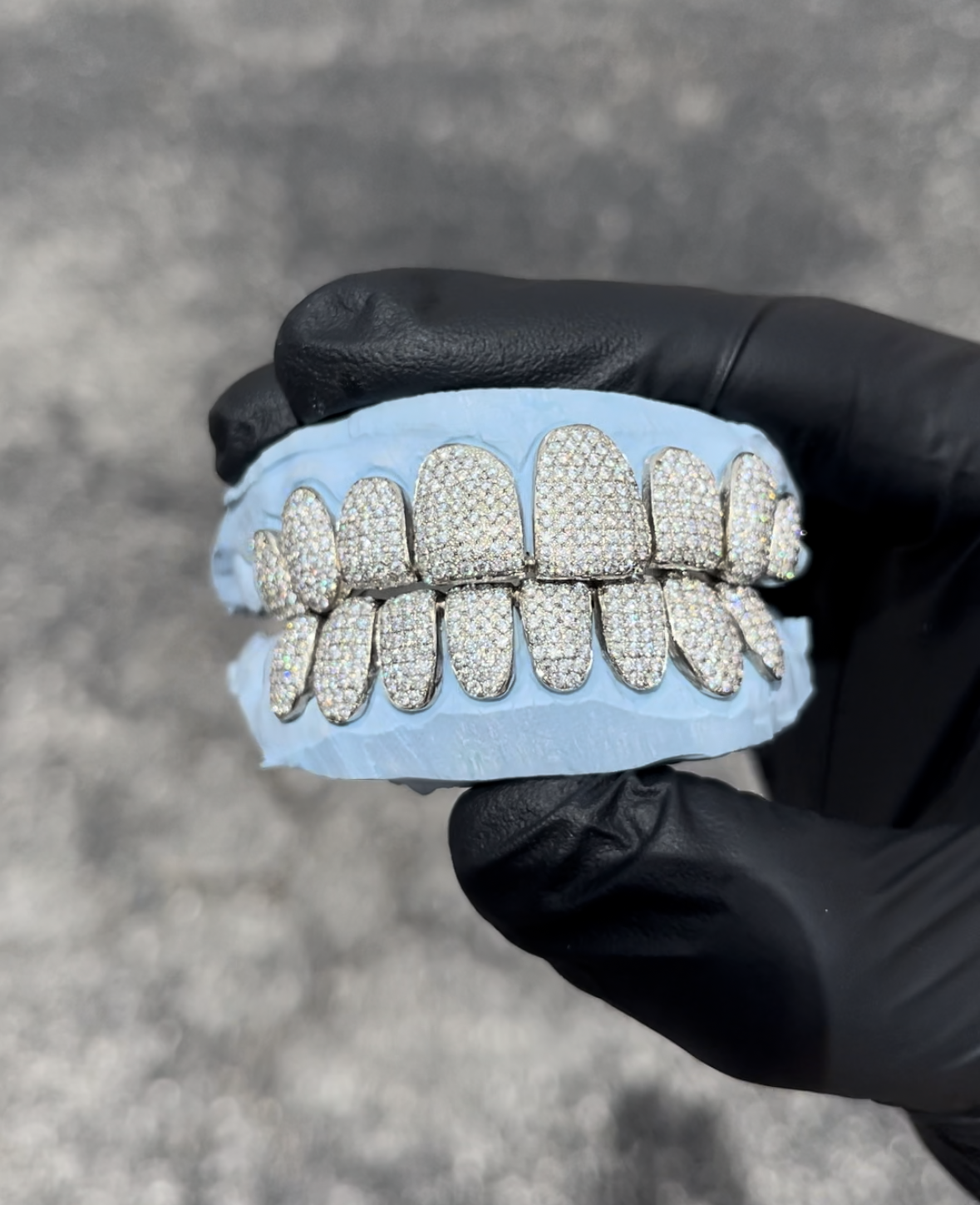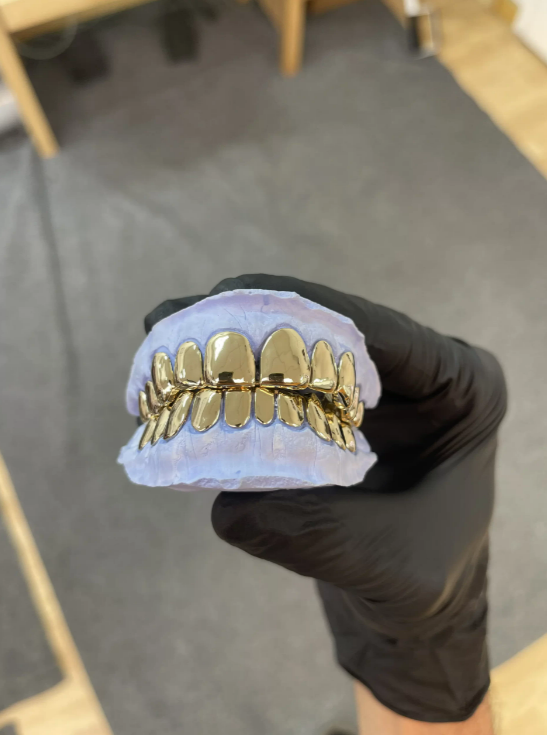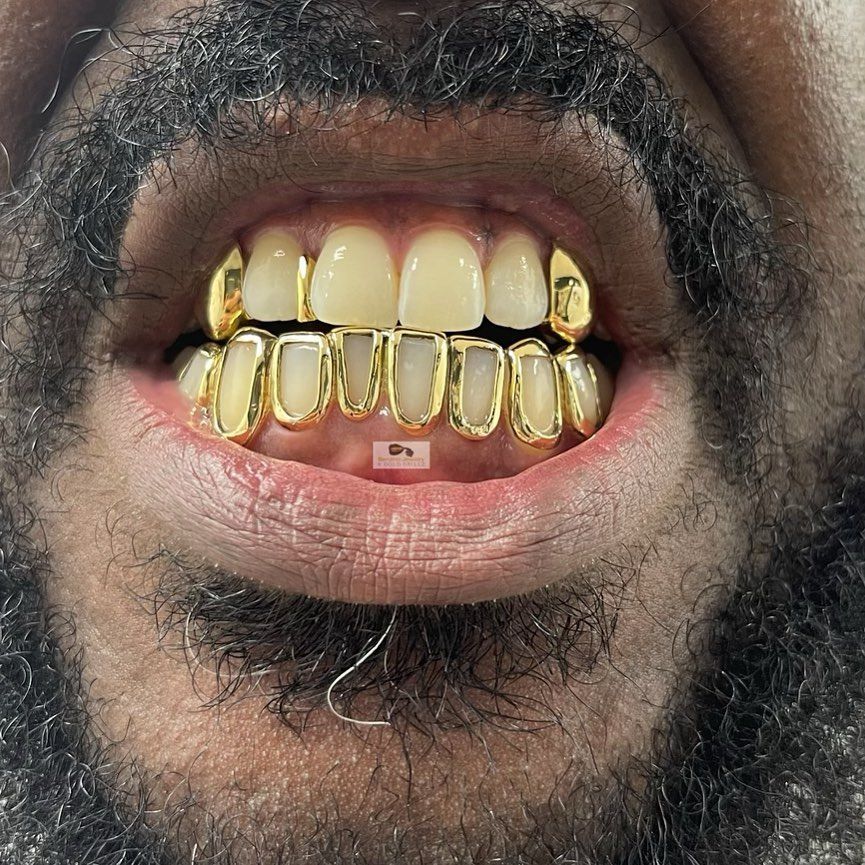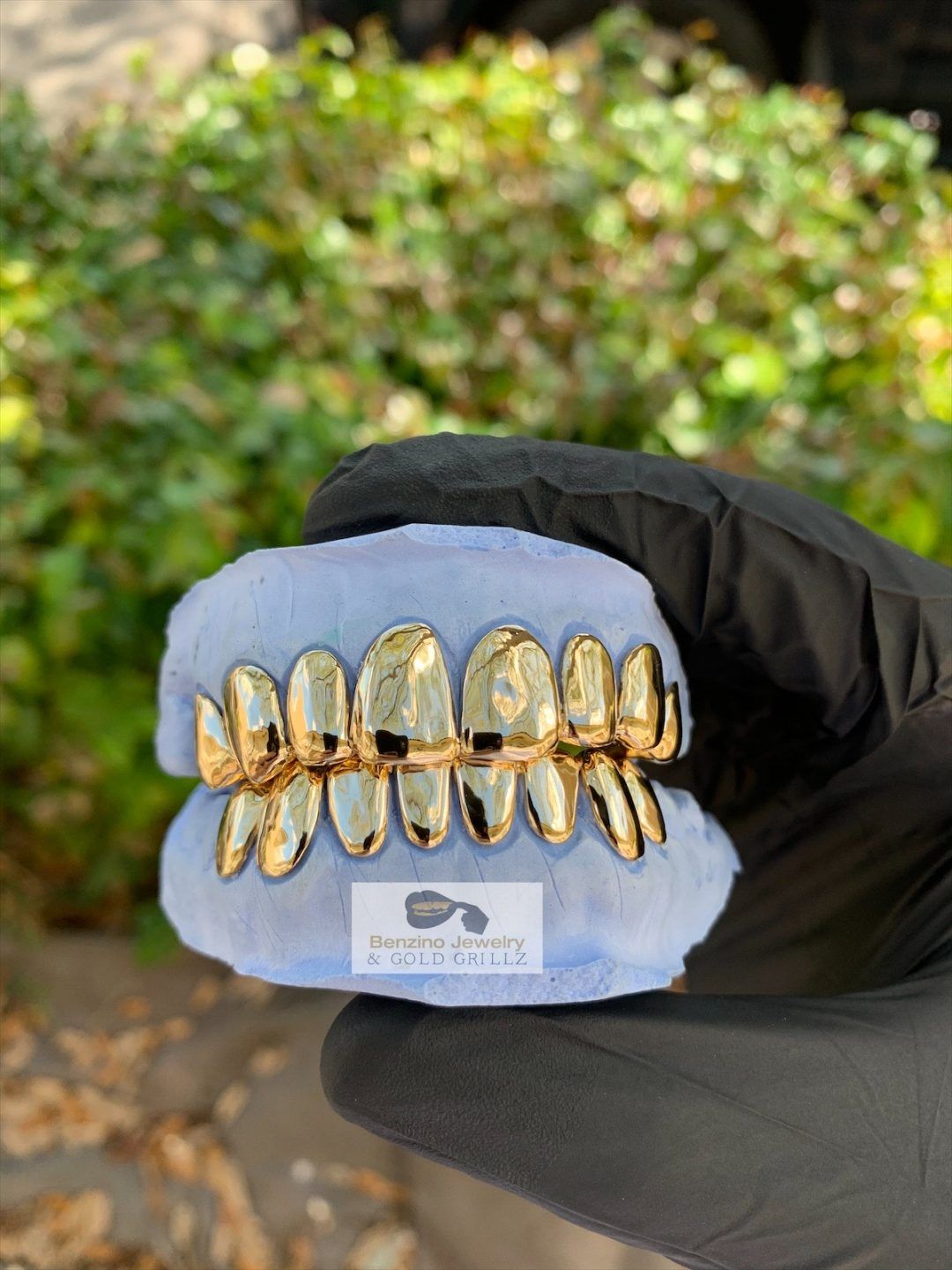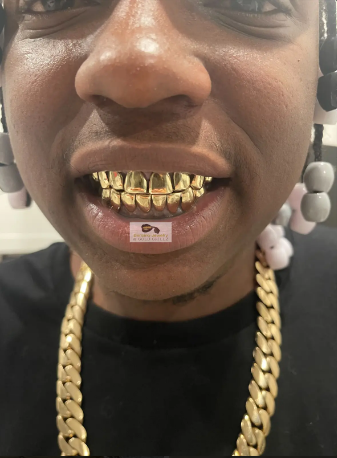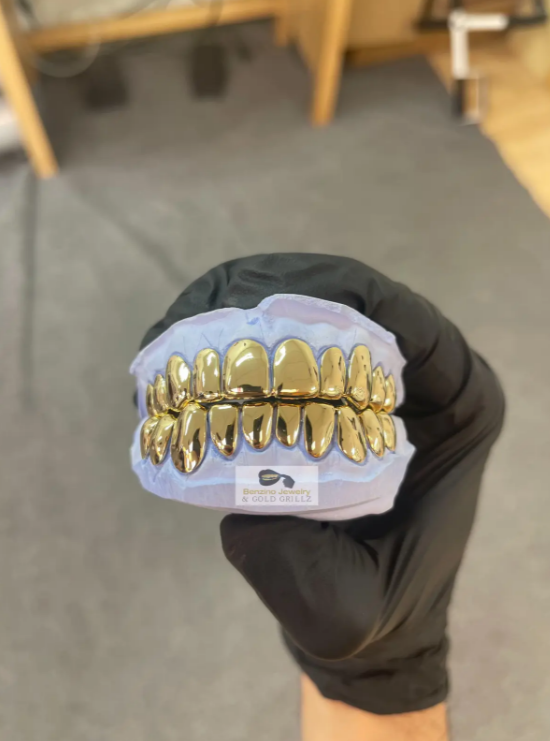Real Gold vs Fake Gold
Real gold and fake gold are distinctly different in terms of their composition, value, and overall quality. Here are five key differences between the two and reasons why fake gold is considered inferior:
List of Services
-
Composition:List Item 1
Real gold is a naturally occurring metal with a unique chemical composition. It is renowned for its purity and durability. On the other hand, fake gold, also known as gold-plated or gold-filled jewelry, is made by coating a base metal with a thin layer of gold. This layer is usually quite thin and can wear off over time, revealing the inferior base metal underneath.
-
Value:List Item 2
One of the most significant differences between real gold and fake gold is their value. Real gold has intrinsic value due to its rarity and high demand. Its value is determined by its weight and purity. In contrast, fake gold has minimal to no intrinsic value as its gold layer is often thin and of low quality. It is primarily valued for its aesthetic appearance rather than its worth as a precious metal.
-
Durability:List Item 3
Real gold is highly durable and resistant to tarnish, corrosion, and damage. It can last for generations without losing its luster or value. Fake gold, however, is less durable and can easily wear off or become tarnished over time. The base metal underneath the gold layer may also react with moisture or chemicals, leading to discoloration or deterioration.
-
Allergic Reactions:List Item 4
Fake gold can potentially cause allergic reactions in some individuals, especially those with sensitive skin. The base metals used in fake gold, such as nickel or copper, can trigger allergic responses, leading to skin rashes, itching, or irritation. Real gold, on the other hand, is hypoallergenic and rarely causes any adverse reactions.
-
Resale Value:
Real gold holds its value over time and can be easily sold or traded. It is considered a reliable investment and a hedge against economic uncertainties. While fake gold may have some initial value, it lacks the long-term investment potential of real gold. Its low-quality materials and lack of intrinsic value make it less desirable in the resale market.
